|
The film “Nola and the Clones” (2016), directed by Irish filmmaker Graham Jones, was released on Youtube at the beginning of March. “Nola” takes place in Dublin, and follows a homeless prostitute named Nola (played by Caoimhe Cassidy) through a series of relations with different men (all played by Joseph Lydon). In an interview for A Potpourri of Vestiges http://www.apotpourriofvestiges.com/2016/03/nola-and-clones-2016-film-by-irish.html, Jones stated, “Volunteering in a good homeless shelter years ago, I learnt that sometimes individuals who can offer the greatest insight into our society receive the least attention from it. The shelter was men-only, though and got me wondering what female homelessness might be like - so over the years I sought to find out. Of course, it’s worse for women because there’s a far greater sexual threat and risk of falling into prostitution, either while homeless or to stave off homelessness. To be honest, I wasn’t even sure if I could make this movie until Caoimhe Cassidy did a reading. But I was very reluctant to give up searching for the right actress because women have always been central to my movies, both in front of and behind the camera and it felt important to honour that. Nola is a strong female character, negotiating her way through a series of very difficult men and we are trying to give her a voice.” (You can read more here http://www.apotpourriofvestiges.com/2016/03/nola-and-clones-2016-film-by-irish.html). A major theme in “Nola” is gender; more specifically Nola coming to terms with her gender. While she is a strong character, she is also very vulnerable. She once admits to one of Lydon’s characters that she does not want to be a girl anymore, blaming her gender for the hardships she has experienced in her life. Nola is a young woman who appears to be engaging in survival sex, which is defined as sexual favors in exchange for basic necessities (shelter, food, water, etc.). Survival sex is very common among young runaways, especially women. Studies have suggested that child sexual abuse may be a large driving force behind the runaways engaging in survival sex, especially among LGBT youth. For more information, I suggest reading this article from Ryot and this collection of studies from Violence Against Women. While the details of Nola’s past are unknown to the viewer, there are some scenes in “Nola” that suggest past abuse. Nola discusses her sexual exploitation when she was 15-years old with one of Lydon’s characters in the car (about halfway into the film). She does not go into a lot of detail about the events of her past, although it is very clear Nola experienced some form of sexual abuse early in her life. Nola’s story is not uncommon either; some studies have found that women who experienced childhood sexual assault are more susceptible to homelessness (you can read more here). “Nola” is a very interesting film that leaves you wanting to know more about Nola and her life. I was fortunate enough to ask Cassidy, Lydon, and Jones a few questions about their roles in the film, which you can read below. Q: What was your inspiration for making a film about a character like Nola, a young homeless prostitute? Why do you believe her story needs to be told? Graham Jones: “I suppose that making Nola a homeless prostitute was a way of exaggerating the key issues she was facing, issues that I imagine a lot of women face on a daily basis, but which get pushed beneath the surface in modern life. I’m talking about the commodification of femininity, the myriad images of beauty programmed into girls at such a young age via the media and programmed into boys as well! We grow up with all that shit, too - the stuff is everywhere - and even though it’s not very subtle in itself, I do find the way it’s so deeply integrated into the fabric of our lives quite subtle and pervasive. By placing the character of Nola on the street, we immediately snap the audience out of that cultural stupor. A girl on the street has to confront men even more directly on a hourly basis, because there is no private space for her to take refuge and so in our movie the audience is forced to confront all this stuff too. It's a kind of exaggeration, obviously, because women are not defined by men - you define your own lives - but at the same time it does have an element of truth, when you consider this weird way that men seem to have women in a kind of cultural bondage. I totally agree with Naoimi Wolf's suggestion that as women have gradually become more powerful, patriarchal society has tried to increase their oppression with images of 'beauty'. I fear the oppression of women has become pushed beneath the surface, rather than gone away. I thought Nola could help us dig it up. The film is obviously made from my perspective, which is a male perspective and so I just tried to be honest about all this stuff. I didn’t begin my relationship with women as a young boy by objectifying them, nor do I objectify them nowadays as an adult - but have I ever objectified a woman? Of course I have! So I tried to honestly get that right into the film, put it right into those clones…” Q: How did you prepare yourself for the role of Nola? Was it difficult playing a homeless prostitute, and did you have any problems connecting with your character? Caoimhe Cassidy: “Good preparation for any role is the key. Each character you develop requires a different process, some more challenging than others for varying reasons. From the moment you first read a script, record a self tape or rehearse a monologue for an audition, you are already consciously and unconsciously building the foundations of a character. Nola’s essence began to formulate in my mind as far back as my audition, which was a self tape. Graham had got in contact and asked would I record an excerpt from her main monologue- the one which she delivers in the car. I suppose the main exercise of the self tape was for Graham to see my interpretation of the character. Nola’s monologue is packed with information about her past, present and future. It is at these early stages of audition that an actor really begins to think about their character. Graham’s monologue is so informative and his style of writing is so naturalistic and approachable. Nola’s monologue became a major point of reference throughout my character building process. I like to think of it as her historical backbone, helping me piece together her past and understand how her experiences have shaped her into the young woman she is today. Time was also a key factor factor when it came to preparation. I had just over one month to prepare from the day I received the news from Graham that I had been cast up to our first day of shooting. For this particular role, time was everything. It was quite an internalised process. Nola was constantly on the brain, some days more than others. As I would go about my day sometimes I would think “I wonder what Nola is doing right now”. This might sound pretty obvious but using your imagination is such an essential tool when it comes to character development. It’s a safe space to exercise your creative ideas- there is no wrong answer. Every scenario you imagine, every scene you reenact, every second that you spend pondering all feeds toward your final interpretation of the character. I like to think of it as ‘an internal rehearsal’ period. It’s kind of like trying to get to know someone in real life. You have to meet them, talk to them, share some experiences with them. It’s the same with a character- however, all these experiences are happening in your mind. At this point of the process you are still separate entities; in this case- Nola and I. By the time you reach your first day of filming, all the necessary elements comes together. All the work that you have put in- learning lines, researching, reflecting, observing and thinking brings the character to life through yourself. It's your job to introduce the character to the audience, no one knows your character like you do. Before we began shooting, myself and Graham met on three separate occasions and continued to stay in contact through email. We opened a channel of conversation, which was vital for me in terms of my character developement. Graham would ask me thought provoking questions regarding Nola’s sense of character. “How do you think she would feel about this? How do you think she would react in this situation?” etc. These kinds of questions encouraged me to dig deeper into Nola’s psyche. I didn’t always know the answers- but that wasn’t the point, some of these questions didn’t require an articulate and verbal response. They were for my own internalised process; topics or situations for me to contemplate. Graham was always there whenever I had any questions. Who better to ask than the writer himself! Contemplation and conversation- the two biggest components that attributed to the development of Nola. I wouldn't say it was difficult playing the role of a homeless prostitute- however, it certainly challenged my capabilities as an actor. There were also times when it was emotionally demanding. To show Nola's pain- I needed to feel her pain or at least empathise with her pain on some level. Connecting with the character wasn’t an issue. Disconnecting was of more importance to me. At the end of each day I had to mentally switch off and detach myself from her, almost like saying “okay goodbye Nola, see you tomorrow”. Then pick up where I left off the following the day. It was important to have ‘me’ time in the evenings. Obviously some evenings I had to recap on the script if I had a scene with Joe the following day. I would dedicate an hour of my evening to this, then relax and let it go. Kind of like yoyo living- connecting and disconnecting. Sounds exhausting but it actually worked quite well for me. I never felt overwhelmed at any point, I just tried to focus in the moment and take each day as it came.” Q: Why did you choose to use “clones” (referring to Lydon’s various characters who share many similarities with one another) in this film? Do you think you could have told the same story if you used different male actors/characters? GJ: “I thought we could make the point more effectively if they were all portrayed on screen by the one actor, sort of like a variety of iterations of the same guy. A male template who makes various shapes, yet underneath remains the same masculine specimen on a fundamental level! I wanted there to be a touch of humour and horror about this, y'know? But it's intended to seriously explore the idea that while men may take a variety of different routes, they are all heading basically in the same direction and members of some funny, scary clan. Again, a slightly ridiculous notion, but not one without some element of truth. It’s basically a dramatisation of the old cliche ‘men are all the same’. Like posing a nightmare scenario - what if that simplistic sentiment, expressed by quite a few exasperated women over the years, turned out to actually be true? I have some corroborative evidence that it's true, actually - because while I have sometimes found men to be really beautiful individuals, they usually just bore the shit out of me.” Q: In the film, you play a few roles as different men Nola meets. How did you prepare yourself for these roles, and did you identify with any of the men you had to play? Joseph Lydon: “It started from when I got the phone call from Graham, we talked, he told me about NOLA and it was exciting. Then we met and he told me more about 'The Clones' and it just kinda took off from there... It's seven different guys with seven different body types, looks, hair and all that jazz. So along with the internal transformation I had to figure out the external. A good friend of mine Brendan Sheehan is a wizard when it comes to fitness and nutrition, so he came onboard and we started to talk and figure out how I could change physically every time without it disrupting the proceeding character. So Liam (The creepy barrister at the end) I thought would be fit and in shape and use his body like a weapon. So that involved gaining as much muscle as I could in a short amount of time (I had one ab, which I was very proud of) and then for Darren (The addict at the start) ripping it off as quick as I could and dropping as much weight as humanly possible, so that involved eating like three tiny meals a day full of fat, two hour cardio sessions, a lot of caffeine and less than 500ml of water a day for a week. So all that helped with the mental state for each, I visited a place as each character, I went undercover; I spent a couple of days in a courthouse and wandered the street as each guy as much as possible! also everyone involved did a lot of research, it's pretty evident in Caoimhe's performance and Graham’s vision for the film, those two are the stars of the film, I think it's awesome that I got to be apart of it. I think there is a piece of every actor in every character they do. There is a sense of loss or loneliness in each character and they want to fix that, I think we all can relate to that in some way. I don't identify with their ideas, methods or actions but the most important thing for me was I didn't want to judge them, no matter how much i wanted too or disagreed with their motives and in hindsight I disagree with all of their motives. I had to believe they were coming from a genuine place and wanted something genuine from her, that eventually turned bad, I guess.” Q: Gender is the most prominent theme in the film, and Nola’s sense of her gender was clearly influenced through her relationships with your characters. Do you think your character’s sense of gender (i.e. their masculinities) were influenced through Nola in the same sense? JL: “I think 'Nola' is such a strong character, with grace and guts all rolled into one that it would be hard not to say YES! Each time one of these characters encounter her they think they have the upper hand and it's pretty clear from first few moments they don't. I don't think she just challenges their masculinity but challenges their person, at their very core. She's a little fire cracker.” Q: Despite Nola mentioning her father at one point in the film, there is little discussion about her past. What was your intention when omitting Nola’s past? GJ: “My intention was to suggest evasion by the character, rather than omit anything as as a writer. I tried to make Nola blasé about her past, but articulate when she wants to be and for it all to come out gradually in bits and bobs and clues and cryptic comments and a few monologues. It's definitely 'tip of the iceberg' writing, though. I like to give audiences room to fill in details themselves, because I find that allows characters breathe more on the screen. Women really seem to be connecting with Caoimhe's performance - Pam Grier saw the movie and loved it. One reviewer this week said Nola just seemed like a real person on the street and I do remember during the shoot men enthusiastically stopping and giving her money, believing she was really homeless! But Joe is equally great at rendering those very same men. I was fortunate with the casting. But I naturally gravitate towards actors who are honest in front of the camera.” Q: Given’s Nola’s story as shown in the film, do you see hope for her in the future? CC: “I certainly wish the best for Nola. In the closing scene where she removes her father's jumper- I feel this is a turning point. There seems to be a shift in her awareness, perhaps a letting go of the past. Whether she remains homeless or not is a good question. She has survived on her own for such a long time and has probably become accustomed to this way of living. If she does make it off the streets I feel this would be a very gradual process. I feel from this point on however, that her interactions with men will be greatly altered- if not ceased for a time being. She is starting to see a pattern in her behaviour with the opposite sex and perhaps is beginning to debate her mantra- ‘all men are they same’. I would imagine that this shift in her awareness has propelled her into a new stage of self-analysis. From here, I think she will begin to view her future differently- hopefully opening up a channel of possibility in terms of what she can achieve with her life and the type of people who she will let into her life. It may take some time but I do see her having a brighter future in comparison to the life she has been living up until now. She may remain homeless but I can’t see her continuing in the same manner with her male counterparts. This will be a period of isolation, of truly getting to know herself and what she wants out of life. If she is successful then perhaps she will be ready to move forward and let people in, ask for guidance and accept genuine help.” Overall, I greatly enjoyed “Nola and the Clones.” Jones was very successful in telling a story that does not often reach the public sphere. Cassidy and Lydon are brilliant in their roles, providing the audience with a very realistic view of Nola’s life and interactions with the other characters. You can watch “Nola and the Clones” on Youtube or below. I also suggest checking out more films by Graham Jones’ here, as well as the work of Caoimhe Cassidy and Joe Lydon. NOTE: All images were provided by Sarah Doherty, and are not our own.
0 Comments
Leave a Reply. |
What we're watching. Archives
October 2017
Categories |
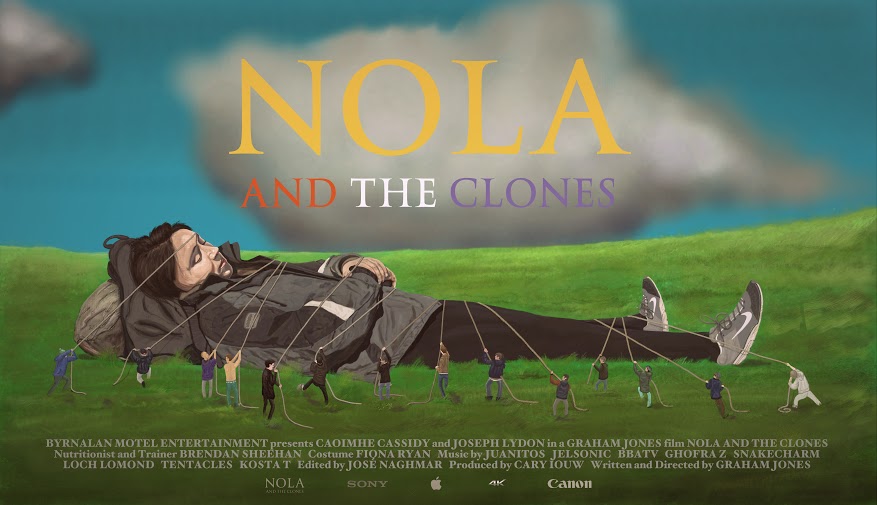
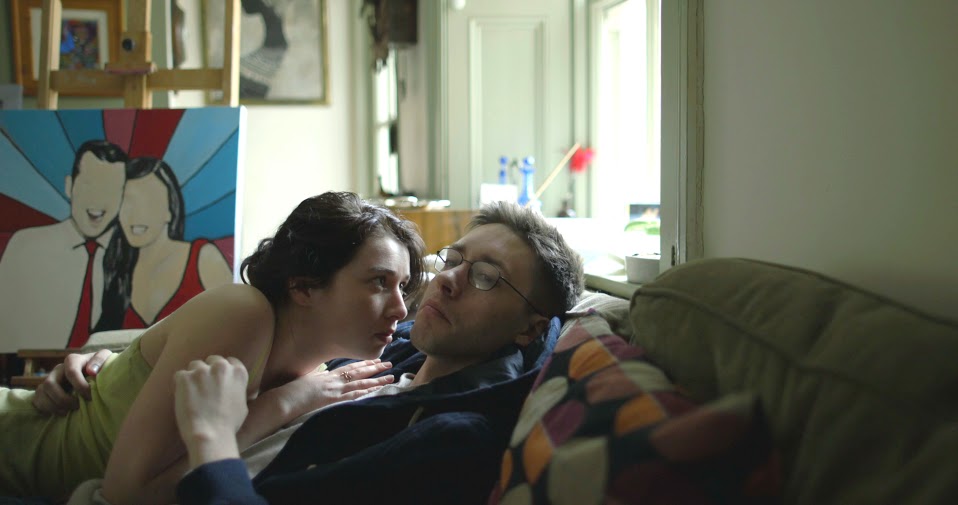
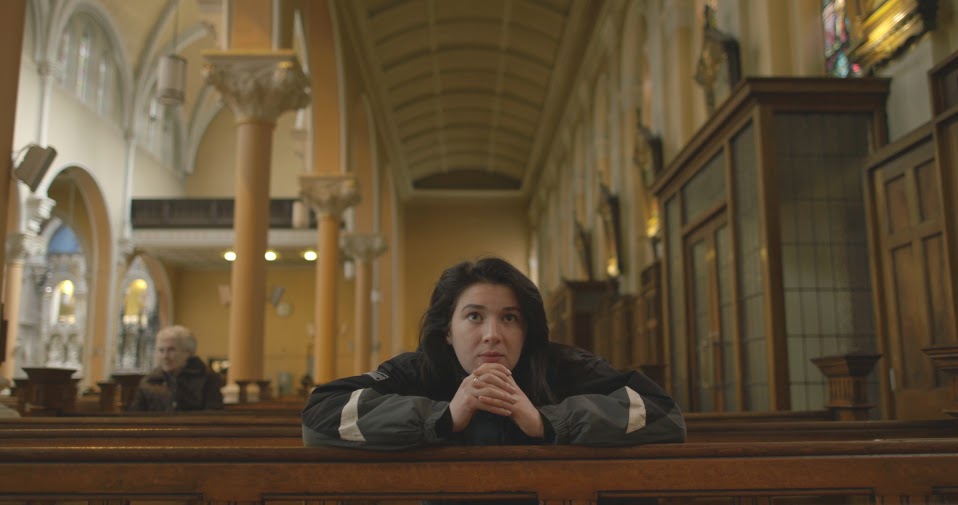
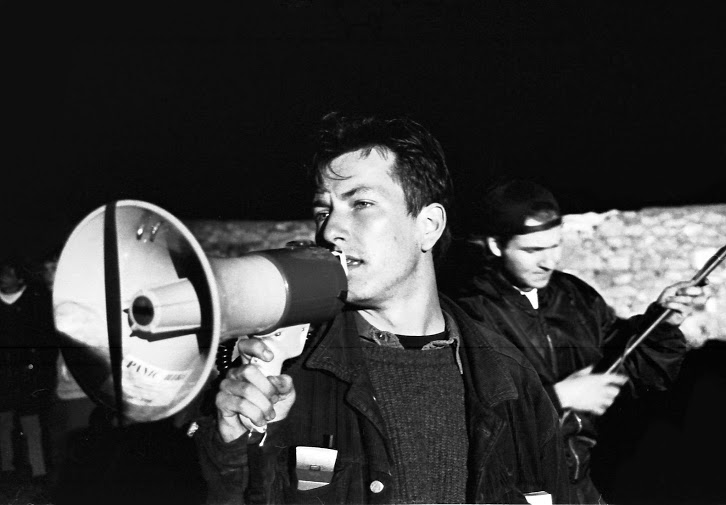
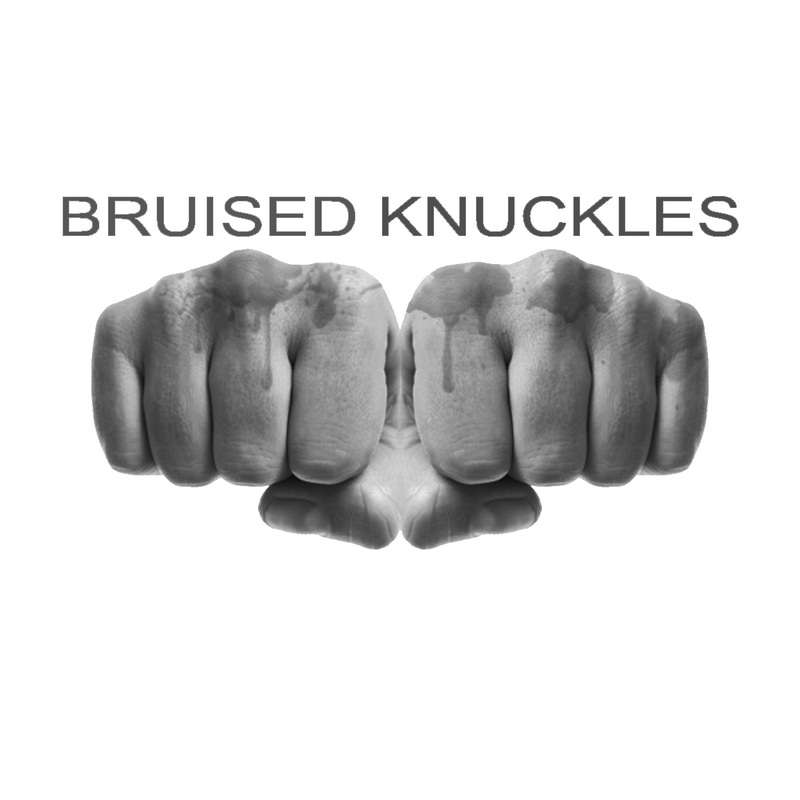
 RSS Feed
RSS Feed
